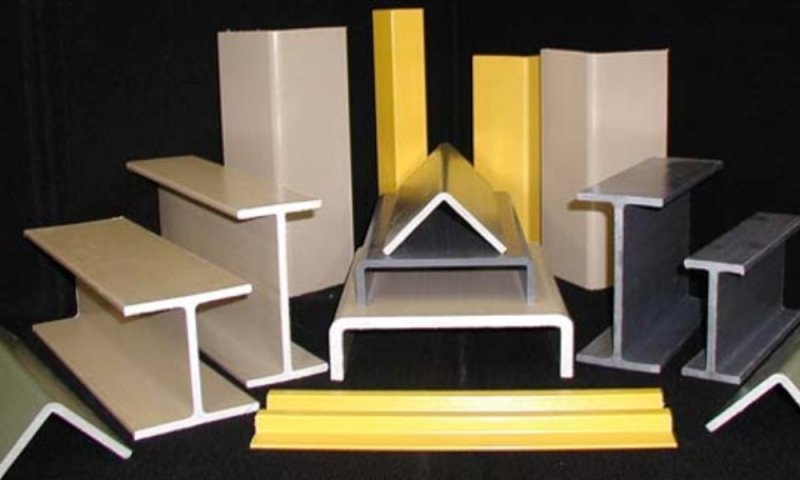Pultrusion is a strategy for assembling that alludes to a ceaseless interaction that uses fiber fortifications and tar lattices to deliver steady cross-sectional profiles.
History
Brandt Goldsworthy, a respected trailblazer in the plastics and composites ventures, designed the pultrusion cycle, and he was a significant figure in the creation and improvement of composite material innovation.
He thought of consolidating different materials incomepultrusion.com together to make more grounded plastics while working for an airplane organization that was providing things for the US Army during the Second World War.
His manifestations were effective to such an extent that he, at last, chose to open his organization, where he made a few progressions in the field of composites and made specific plastics that were for the most part more grounded than anything recently seen.
Producing Process
Pultrusion alludes to an assembling cycle in which ceaseless lengths of fiberglass builbuilt-upymers with a consistent cross-segment are delivered. During this cycle, built-up filaments, fluid pultrusion gums, colors, and other natural substances are typically gotten through a warmed bite of the dust, changing over them into FRP composite items.
Stage 1: Feed Raw Materials into the Guide
The pultrusion cycle includes getting the vital unrefined components through a warmed kick the bucket, and that implies that the supported strands shouldinconsistenttent structure.
Much of the time, either roll of fibers known as rovings or ceaseless strand mats are utilized. They give the rigidity expected to pull the remainder of the fiber fortifications through the pass-on.
Taking care of Raw Material (Source: Engineering 360 by GlobalSpec)
All things considered, the primary pultrusion process step includes taking care of the persistent meandering fibers or mats into the apparatus through the performing guides. In the aide, the meandering fibers are frequently gone through a tensioner, then, at that point, molded into the completed profile.
It is, thusly, crucial that the producer keeps up with the most extreme exactness while taking care of the rovings in the aides, as this decides both the strength and the nature of the subsequent profile.
Impregnate the Fiber in Resin Bath
The built-up rovings or mats go through a wet-out shower for sap impregnation. The shaping aides are set previously, inside, or after this gum shower. The wet-out shower normally contains a pitch, most generally polyester or vinyl ester, shades, fillers, and an impetus to help in restoring. It’s basic to take note that there are various sorts of wet-out showers.
Impregnate filaments in tar shower (Source: Eurekalert)
The most widely recognized one includes an open-tar filled open-tar-filled really that has division bars inside it, so the rovings are directed over and under the bars for impregnation. It’s viewed as the standard sap impregnation strategy of its savvy and bracelet profiles. One more sort of wet-out shower likewise includes an open-filled shower; the main contrast is that the support doesn’t go all over.
Thusly, it’s more reasonable for vertical fortifications, for example, mats and cover as they’ll remain evenly situated in the meantime. It’s great for the development of empty pultruded composite items.
Go Into the Heating/Curing
The pitch impregnated supported filaments then, at that point, go through a warmed pass on. This step is likewise basic as it’s where the hard state of the subsequent profile is framed. At the point when the impregnated fortifications are presented to the warmed bite the dust, the cross-connecting process starts, and they bit by bit cement.
In the wake of Heating and Curing the Profile (Source: Ashirvad Industries)
It’s indispensable to take note that the cross-connecting process is exothermic. This implies that once started, it makes the temperature of the gum surpass that of the pass-on.
This typically occurs towards the finish of the warming system, and thusly, the pitch pulls from the bite of ust normally. Keeping an ideal temperature is thusly unbelievably significant. If the temperature is excessively high, breaks will show up in the composite. Then again, if the temperature isn’t sufficiently hot, the sap won’t accomplish complete cross-connecting. One way or another, the outcomes are second-rate quality composite profiles.
Separate
As noted, detachment starts toward the finish of the warming kick the bucket cycle utilizing a pulling instrument. Numerous makers frequently utilize a responding waterwater-driven puller for water-driven
When isolated, the restored profiles are generally sliced to the expected length utilizing a programmed saw. This is many times the last pultrusion process step, and after this, the relieved profile can either go through auxiliary handling at the manufacturing plant or be bundled and delivered to the client.
